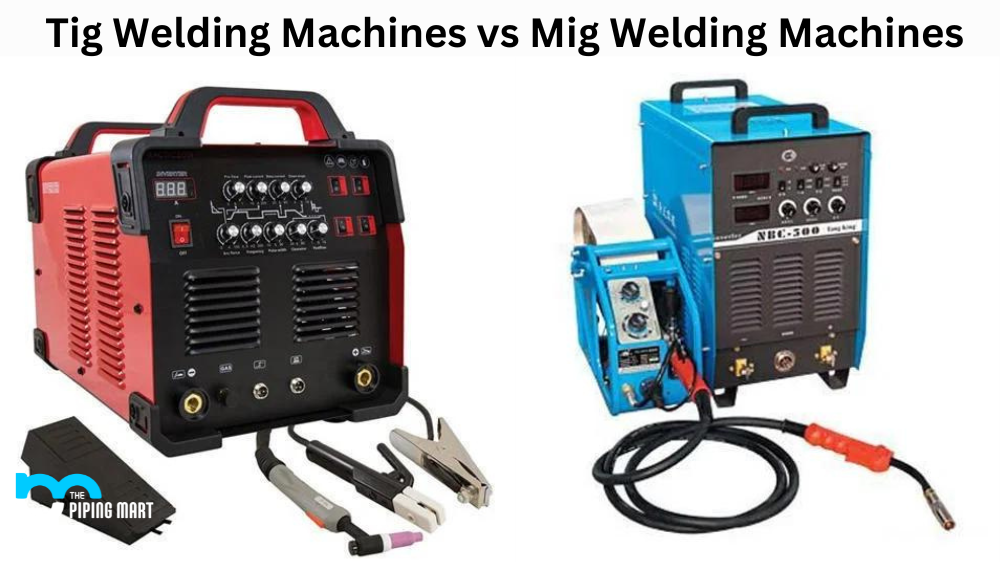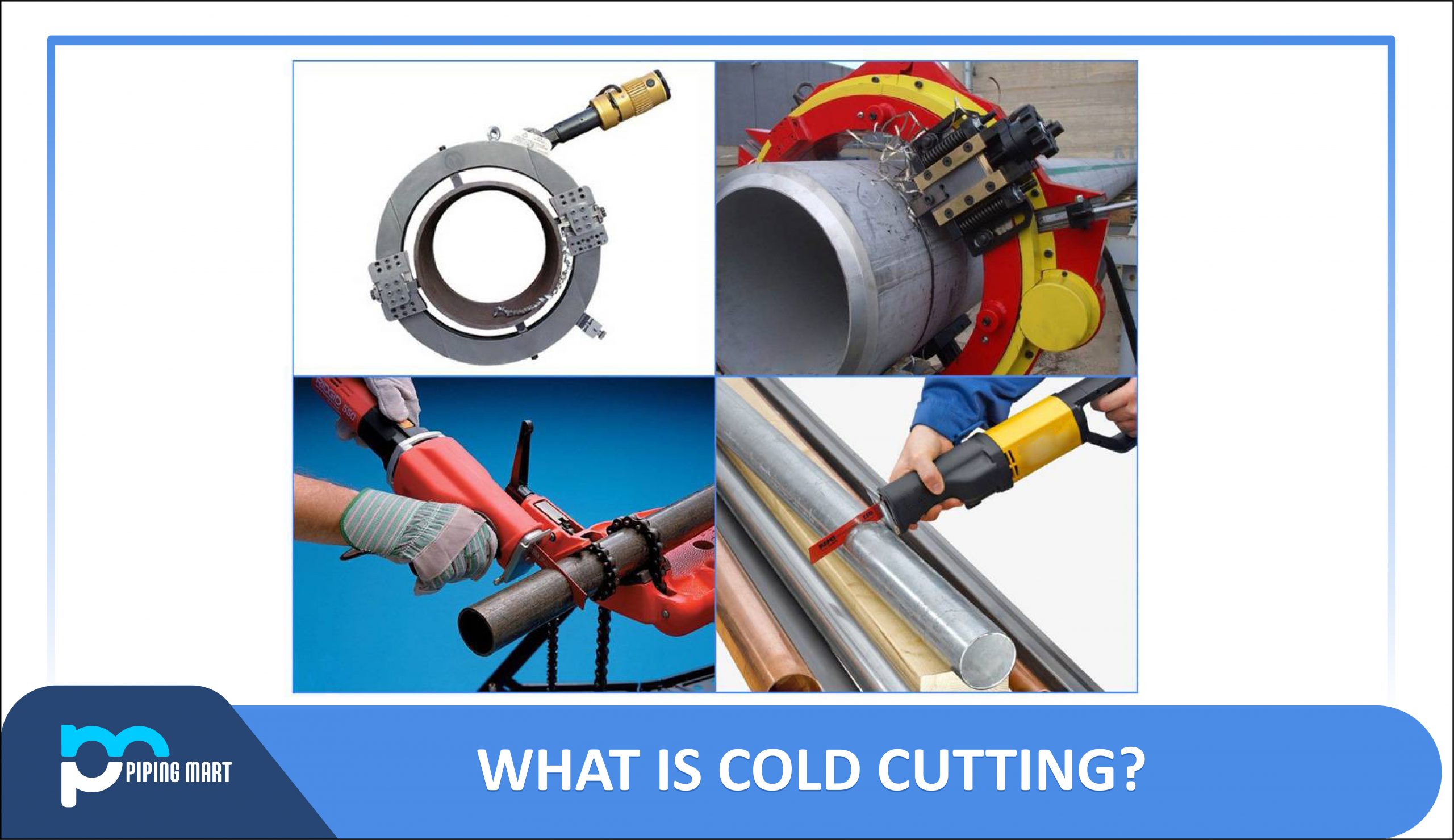Lead welding is a specialized form of welding that requires special equipment and expertise. It is used for many different applications, from fitness equipment to medical devices. It can be used for both commercial and residential projects, and the use of lead welding can have a number of advantages over traditional welding techniques. Let’s take an in-depth look at what lead welding is, what kinds of equipment are required, and the various uses for this type of welding.
What is Lead Welding?
Lead welding is a process that uses a combination of heat and pressure to join two pieces of metal together. Lead solder is melted with an electric arc, and then the molten material flows between two metal surfaces. The molten material creates a strong bond between the two pieces of metal, creating one solid piece. The entire process takes place in a vacuum chamber, which helps ensure that air or moisture does not come into contact with the welded area. This makes lead welding more reliable than other types of welding processes.
Equipment Required for Lead Welding
Lead welding requires specialized equipment in order to complete the process correctly. An electric arc welder is typically used to melt the lead solder so it can flow between the two pieces of metal being joined together. A vacuum chamber is also necessary to keep air and moisture away from the welded area while it cools down and solidifies into one piece. Additionally, protective gear such as gloves and goggles should always be worn when performing any kind of welding work.
Lead Welding Uses
Lead welding has many different uses in today’s world, ranging from industrial equipment to consumer goods. It is commonly used in automotive repair shops to weld parts such as radiators or exhaust systems back together after they have been damaged or worn out over time. It can also be used to join pieces together on fitness machines or medical devices where accuracy and precision are important factors. Additionally, it can be used in custom fabrication jobs where strength and durability are needed in order to withstand certain conditions or loads over time.
Conclusion
Lead welding offers several advantages compared to traditional methods, such as MIG or TIG welders, due to its ability to create strong bonds without leaving behind any impurities or contaminants that could compromise the integrity of the finished product over time. It is essential that anyone who plans on using lead welding do so with safety gear such as gloves and goggles since it involves working with hot materials under high pressure. With the right tools, knowledge, and safety precautions, lead welding can provide durable results for years down the road. Whether you’re working on industrial projects, automotive repairs, or custom home projects, knowing how lead welding works will help you achieve success.
Meet Heer, a dynamic and driven writer learning tricks of her trade in the metal industry. With a background in Digital Marketing, Heer brings a unique perspective to her writing, sharing valuable insights. Apart from blogging she like reading and hiking.




